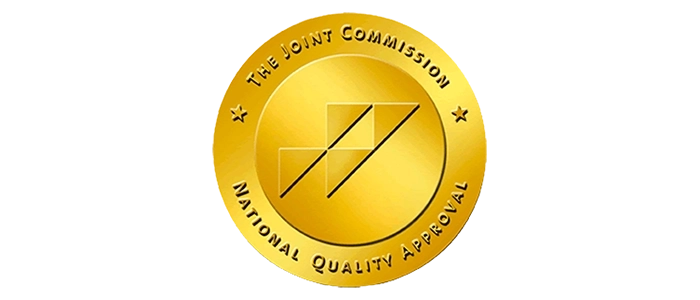
By high school and college, many students have run out of steam. Anxiety—the mental-health tsunami of their generation—has caught up with them. Today’s teens and young adults are the most anxious ever, according to mental-health surveys. They admit it themselves: In February, a Pew survey found that 70 percent of teens say anxiety and depression is a “major problem” among their peers, and an additional 26 percent say it’s a minor problem” (Flannery, 2018).
It is true, students of all ages are feeling anxious and depressed. Covid, being a significant contributor has completely turned the educational system upside-down. Many teachers, students and parents are suffering from anxiety trying to handle the changes in the educational system.
As a mother and an educator I struggled to navigate education during the pandemic. I had question that provoked my anxiety regarding my children’s education – Should I send my children back after in the Fall of 2020? As a mother I wanted my children to be as safe as possible. As an educator I knew the importance of my children being in school. This is a question many parents faced, and no matter the decision it came at a cost.
Students and parents are dealing with so much pressure to make crucial decisions regarding their child’s education, and our educational system is very fragile. One of the significant issues that seems to be occurring for both educators and parents is trying to balance mental and physical health academically.
According to Kathy Reamy, a guidance counselor at La Plata High School in southern Maryland, “There’s just so much going on currently, the pressures to fit in, the pressure to achieve, the pressure of social media. And then you couple that with the fact that kids can’t even feel safe in their schools—they worry genuinely about getting shot—and it all makes it so much harder to be a teenager.”
Counselors like Reamy have taken a mental health approach in working with students. I believe this is one of the ways to combat the mental health issues facing this generation of students. More resources should be poured into mental health services for students. Appropriate training of teachers regarding anxiety and depression needs to be included in Professional Development Seminars for teachers. Strategies need to be taught to students to utilize in the classroom and beyond when they start to feel anxious or depressed. This can only be accomplished with appropriate resources and training of educators and school counselors. Reamy uses strategies that include deep breathing exercises, the power of positive self-talk, healthy nutrition, yoga, sleep, stress balls, and therapy. (Flannery, 2018)
As Academic Director at Cascade Academy it has been exciting to watch Reamy’s approach incorporated into our academic model. Strategies like yoga, positive self-talk, individual and family therapy take place regularly as we blend an anxiety informed clinical model with an informed academic model. Mental health needs to be a priority in conjunction with academics, this is done at Cascade Academy.




